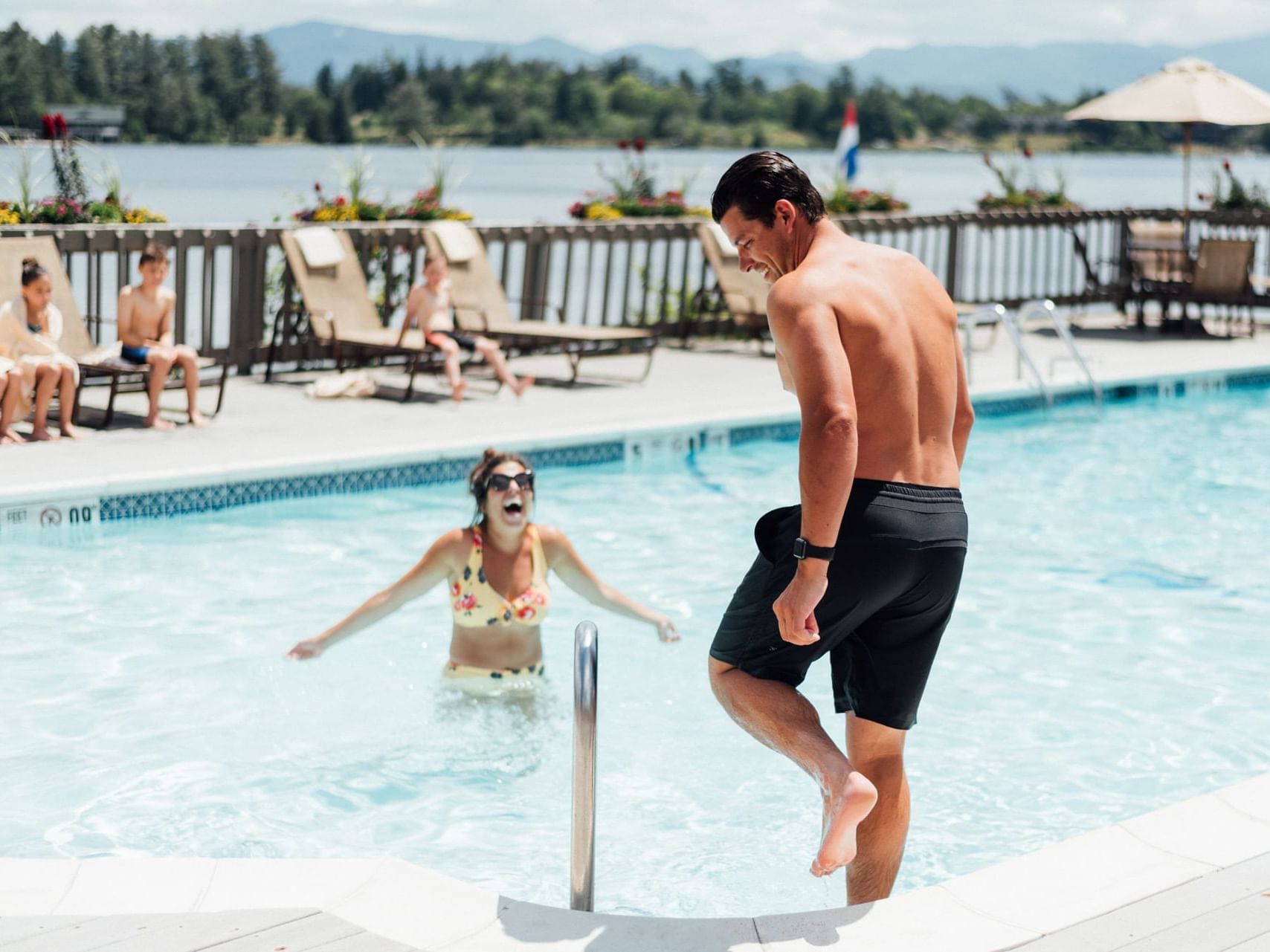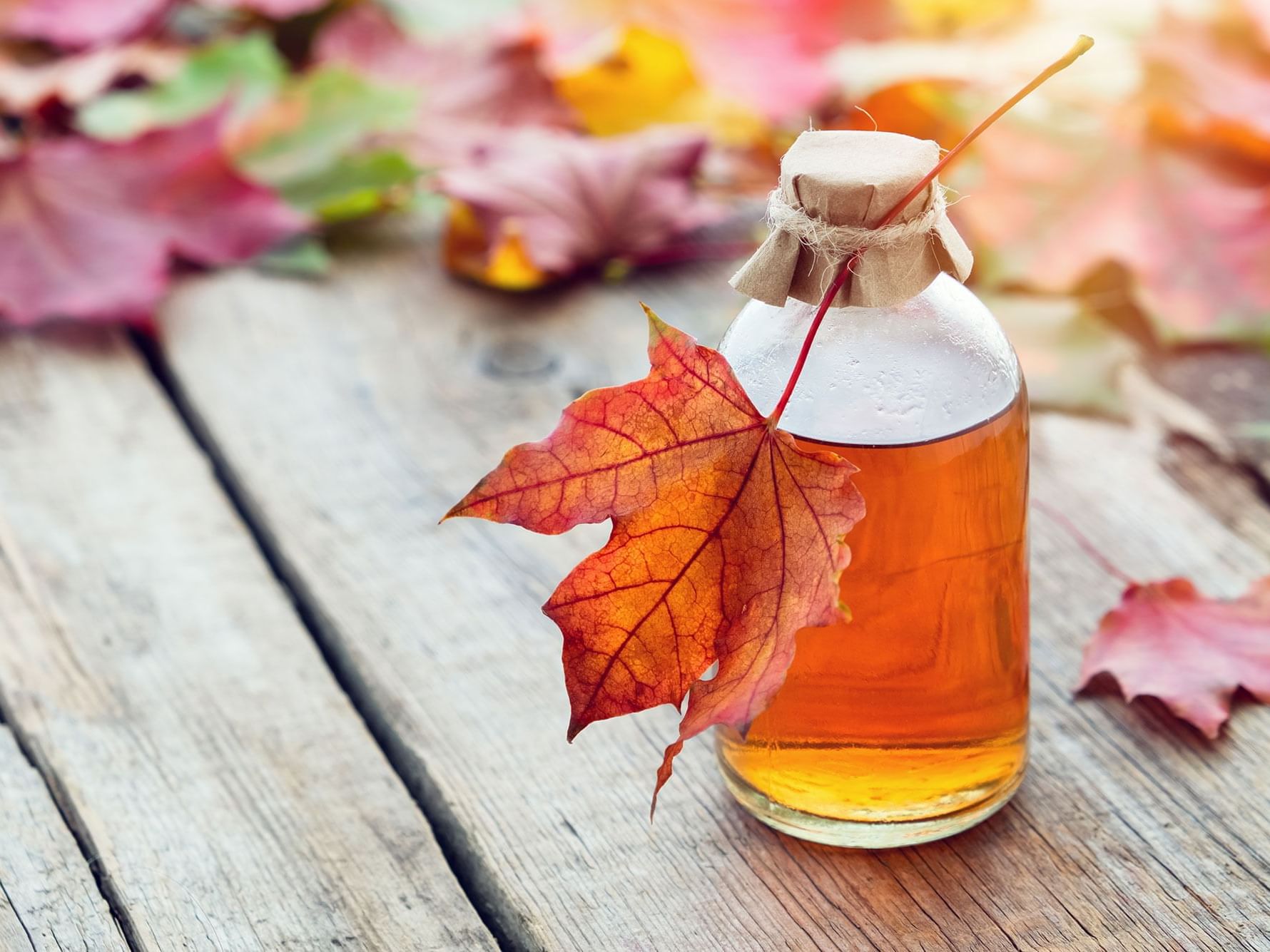Winter Olympics: It's in Our Bones
The Olympics are a wonderful metaphor for world cooperation, the kind of international competition that's wholesome and healthy, an interplay between countries that represents the best in all of us.
- John Towner Williams -
If you asked a random person what Lake Placid is known for you'd most likely get one of two answers. The giant crocodile that patrols our waters or what is considered by most to be the most significant moment in sports history. And while the latter is true (Lake Placid anglers confirm the only large, toothy residents of our waters are a delicious and abundant population of northern pike) the relationship between the northern Adirondack Mountains and the Winter Olympics is far greater than a single moment. You see, for nearly a century, the Adirondack Mountains have grown Olympians.
Olympic from the Start
On the morning of Saturday, January 26, 1924, in Chamonix, France, 27 of the world's finest speed skaters took the ice for the 500m event. It was the first event of the first Olympic Winter Games. Clas Thunberg of Finland was largely favored in the event, but while he would go home with three gold medals, in the 1500m, 5000m, and the now-defunct all-round event, the 500m and a place in history as the first-ever gold medalist in Winter Olympic history would belong to Charles Jewtraw of Lake Placid, NY. His medal can be seen on display at the Museum of American History at the Smithsonian Institute but the ice he trained on remains in Lake Placid — just take a step on to the Mirror Lake loop.
There Must Be Something in the Water
Charles Jewtraw may have been the first athlete from the Northern Adirondacks to have had the honor of representing the United States in the Olympic Winter Games but he wouldn't be the last. Competitors from New York's Adirondack Mountains have been on every Winter Olympic team, in fact, some families have sent multiple generations to the winter Olympics, like Jack Shea who won two gold medals in speed skating at the 1932 Winter Olympics in Lake Placid, NY (he didn't have to travel very far to get them home) whose son, Jim Shea, represented the US at the 1964 Winter Games in Innsbruck, Austria, in cross-country skiing events and grandson Jimmy Shea won a gold medal at the 2002 Salt Lake City games in skeleton. And of course, many make friends along the way, like Bill Demong, Lowell Bailey, and Tim Burke who first started competing together as children and later represented the United States in multiple Olympic Winter Games on the biathlon team.
So what is it that makes Olympic participation so popular in the Adirondacks?
A Long Winter
Perhaps it is because the ideal conditions for winter sports remain ideal for so much longer than in most locales. While most of the world enjoys a 3-month winter season, the Olympic Region often sees its first substantial snowfall in November and often doesn't see spring's first blooms until at least April.
An Ease of Entry
Perhaps it is because snow sports are uniquely accessible to Adirondack residents. An introduction to a life-long passion for snow sports can be as easy as donning a refurbished pair of cross-country skis and walking out your back door or spending an inexpensive afternoon at a small-town ski hill like Mt. Pisgah in Saranac Lake. Once you're ready to graduate to a bigger mountain or more manicured lanes, Whiteface Mountain or Mt. Van Hoevenberg couldn't be more accessible.
A Shared History
And perhaps it is because the stories and memories of athletes from previous games are woven into the shared fabric of our culture. Growing up in the Adirondacks is to grow up hearing stories of Olympic competition from someone who has been there and it isn't at all unusual to skate out onto the ice or head into the woods for a day of skiing or snowshoeing and run into someone who has taken home a championship in the sport. It is possible, it's here, you don't have to dream about it.
I suspect it is all of the above and more.
Beijing 2022
January is an exciting time in Lake Placid! Olympic trials are taking place all over the world and we're excited to learn who will be representing the United States in Beijing this February. We're cheering for all of our local Olympians as they compete in Olympic trials and look forward to cheering for Team USA this February!
The Olympics are a wonderful metaphor for world cooperation, the kind of international competition that's wholesome and healthy, an interplay between countries that represents the best in all of us.
- John Towner Williams -
If you asked a random person what Lake Placid is known for you'd most likely get one of two answers. The giant crocodile that patrols our waters or what is considered by most to be the greatest moment in sports history. And while the latter is true (Lake Placid anglers confirm the only large, toothy residents of our waters are a delicious and abundant population of northern pike) the relationship between the northern Adirondack Mountains and the Winter Olympics is far greater than a single moment. You see, for nearly a century the Adirondack Mountains has grown Olympians.
Olympic from the Start
On the morning of Saturday, January 26, 1924, in Chamonix, France, 27 of the world's finest speed skaters took the ice for the 500m event. It was the first event of the first Olympic Winter Games. Clas Thunberg of Finland was largely favored in the event, but while he would go home with three gold medals, in the 1500m, 5000m, and the now-defunct all-round event, the 500m and a place in history as the first-ever gold medalist in Winter Olympic history would belong to Charles Jewtraw of Lake Placid, NY. His medal can be seen on display at the Museum of American History at the Smithsonian Institute but the ice he trained on remains in Lake Placid, just take a step on to the Mirror Lake loop.
There Must Be Something in the Water
Charles Jewtraw may have been the first athlete from the Northern Adirondacks to have had the honor of representing the United States in the Olympic Winter Games but he wouldn't be the last. Competitors from New York's Adirondack Mountains have been on every Winter Olympic team, in fact, some families have sent multiple generations to the winter Olympics, like Jack Shea who won two gold medals in speed skating at the 1932 Winter Olympics in Lake Placid, NY (he didn't have to travel very far to get them home) whose son, Jim Shea, represented the US at the 1964 Winter Games in Innsbruck, Austria, in cross-country skiing events and grandson Jimmy Shea won a gold medal at the 2002 Salt Lake City games in skeleton. And of course, many make friends along the way, like Bill Demong, Lowell Bailey, and Tim Burke who first started competing together as children and later represented the United States in multiple Olympic Winter Games on the biathlon team.
So what is it that makes Olympic participation so popular in the Adirondacks?
A Long Winter
Perhaps it is because the ideal conditions for winter sports remain ideal for so much longer than in most locales. While most of the world enjoys a 3-month winter season, the Olympic Region often sees its first substantial snowfall in November and often doesn't see spring's first blooms until at least April.
An Ease of Entry
Perhaps it is because snow sports are uniquely accessible to Adirondack residents. An introduction to a life-long passion for snow sports can be as easy as donning a refurbished pair of cross-country skis and walking out your back door or spending an inexpensive afternoon at a small-town ski hill like Mt. Pisgah in Saranac Lake. Once you're ready to graduate to a bigger mountain or more manicured lanes, Whiteface Mountain or Mt. Van Hoevenberg couldn't be more accessible.
A Shared History
And perhaps it is because the stories and memories of athletes from previous games are woven into the shared fabric of our culture. Growing up in the Adirondacks is to grow up hearing stories of Olympic competition from someone who has been there and it isn't at all unusual to skate out onto the ice or head into the woods for a day of skiing or snowshoeing and run into someone who has taken home a championship in the sport. It is possible, it's here, you don't have to dream about it.
I suspect it is all of the above and more.
Beijing 2022
January is an exciting time in Lake Placid! Olympic trials are taking place all over the world and we're excited to learn who will be representing the United States in Beijing this February. We're cheering for all of our local Olympians as they compete in Olympic trials and look forward to cheering for Team USA this February!
Local Olympians
Charles Jewtraw, 1924 (G) - Photo courtesy of the Lake Placid Olympic Museum || Jack Shea, 1932 (G) - Photo courtesy of the Lake Placid Olympic Museum || Lowel Bailey, 2006, 2010, 2014, 2018, Bill Demong, 1998, 2002, 2006, 2010 (G), 2014, Tim Burke, 2006, 2010, 2014, 2018 - Photo courtesy of Helen Demong




